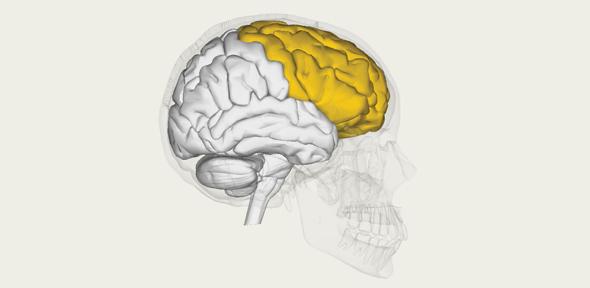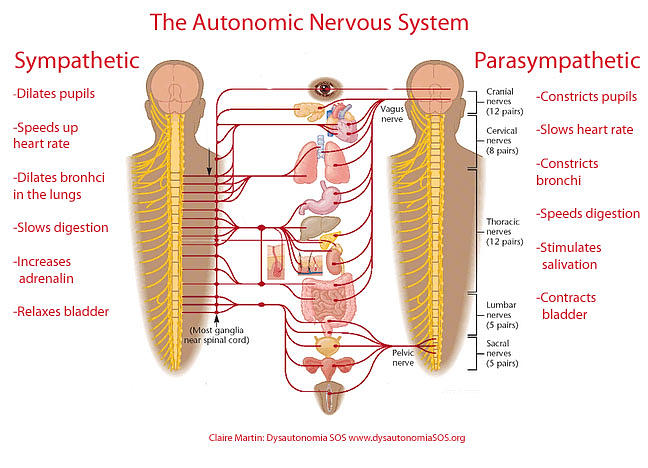Have you lost your house keys recently? If so, you probably applied a spot of logical thinking. You looked first in the most obvious places – bags and pockets – and then mentally retraced your steps to the point when you last used them.
Researchers looking at child development often use search-and-find tasks to look at the ways in which children apply what they are learning about the physical world. Tests carried out on toddlers reveal that something quite remarkable happens in child development between the ages of two and five – a stage identified by both educationalists and neuroscientists as critical to the capacity for learning.
Dr Sara Baker is a researcher into early childhood at the Faculty of Education. She is interested in the role of the brain’s prefrontal lobe in how young children learn to adapt their understanding to an ever-shifting environment. Many of her studies chart changes in children’s ways of thinking about the world. She uses longitudinal designs to examine the shape of individual children’s learning curves month by month.
Research by Baker and colleagues is contributing to an understanding of the acquisition of skills essential to learning. She explains: “The brain’s frontal lobe is one of the four major divisions of the cerebral cortex. It regulates decision-making, problem-solving and behaviour. We call these functions executive skills – they are at the root of the cognitive differences between humans and other animals. My executive functions enable me to resist a slice of cake when I know I’m soon having dinner.”
In an experiment designed to identify the age at which executive skills develop, Baker and colleagues used a row of four interconnected boxes to test children’s ability to apply their knowledge of basic physics. A ball rolled down an incline entered the first box and disappeared. A barrier (its top visible) was slotted in between two of the boxes to stop the ball rolling any further. The children were asked to open the door of the box in which the ball was hidden.
Aged 29–31 months, only 32% of the children correctly identified the location of the ball by working out that the barrier would have stopped it. Aged 32–36 months, 66% of children were successful. Toddlers under the age of three appear to understand the principles of solidity and continuity, but have trouble acting on this knowledge. A single month in a child’s age affected their ability to carry out the task correctly.
Baker’s interest in children’s development of executive skills dates from the moment a decade ago when she picked up a picture book while sitting in the foyer of a nursery school; the narrative focused on opposites: big/small, light/dark, hot/cold. How would children respond if they were asked to point to the opposite picture to the one depicting the word they heard spoken? This question became the topic for her PhD. Her findings confirmed that the huge variability of children’s executive skills could explain the range of social and cognitive behaviours we see emerging in the early years. What we learn at this stage, and what we learn to apply, sets us on course for life.
Most three-year-olds find the ‘opposites’ task hard. Given two pictures of bears, one big, one small, they automatically point to the big bear when they hear the word ‘big’ spoken aloud. They point to the big bear even when they have been asked (and appear to have understood) to point to the image that is the opposite of the word they hear.
Five-year-olds are much more successful in carrying out the task explained to them. “By age five, most children have acquired the ability to override their impulses, and put them on hold, in order to follow a request,” says Baker. “The ability to control impulses is vital to children’s socialisation, their ability to share and work in groups – and ultimately to be adaptable and well adjusted.”
What happens in children’s brains and minds to enable them to make these important leaps in understanding? The answer involves an understanding of neuroscience as well as child development. Baker and colleagues are engaged in multidisciplinary projects including examining how individuals with autism may perceive and learn about the physical world differently from those without a diagnosis. Her team is also developing a pedagogical, play-based approach in collaboration with teachers.
“Executive function is a hot topic in education. When we talk to teachers about the psychology behind frontal lobe development, they immediately recognise how important self-regulation is, and will tell you about the child who can’t concentrate. It might be the case that this child is struggling with their executive functions: their working memory or inhibitory control might be flagging,” says Baker.
“The tricky part is to grasp the processes developing in the child’s brain and come up with ways to encourage that development. In early years’ education, playful learning and giving children freedom to explore could help to encourage independence as well as the ability to know when to ask for help, both of which depend on self-regulatory skills. If we want to encourage adaptability and self-reliance, we have to look beyond the formal curriculum.”
Baker’s research into children’s ability to apply knowledge to successfully predict the location of an object hidden from view revealed much more than simply which age group was successful. She says: “In looking at the data from tasks, it’s not enough to focus only on children’s failures. We need to look at why they search for an object in a particular place. Often they’re applying something else that they’ve learnt.”
When younger children opened the same door twice in the boxes experiment, despite the barrier having been moved, they were applying logic: an object may be precisely where it was found before. After all, it’s always worth looking for the house keys first where they should be.
In another experiment (involving dropping balls into opaque tubes that crossed each other), the younger children applied their knowledge of gravity (the ball would fall down the tube) but failed to take into account that the tubes were not straight. Baker says: “When children repeat a mistake, they reveal something about their view of the world and, as researchers, we learn how their brain is developing. As teachers and parents, our role is to help children to overcome that strong, but wrong, impulse.”
During the course of a day, your frontal lobe will have enabled you to do far more than find your keys. The synaptic firing of millions of cells in your brain may have guided you through a tricky situation with colleagues or prompted you to make a split-second decision as you crossed a busy road. “The development of this vital area of your brain happened well before you started formal education and will continue throughout your lifetime,” says Baker.
Source:





































